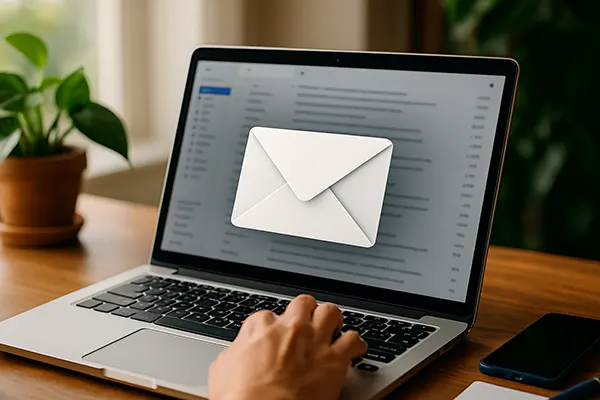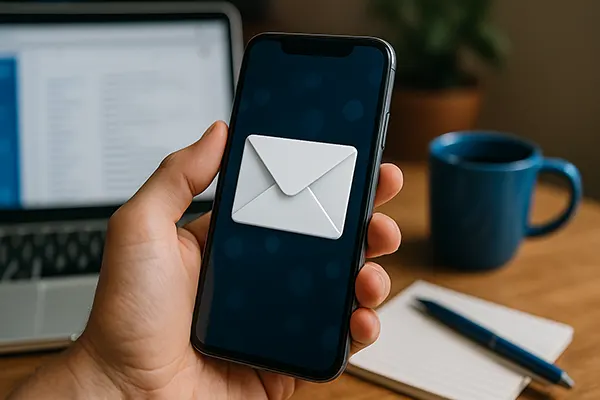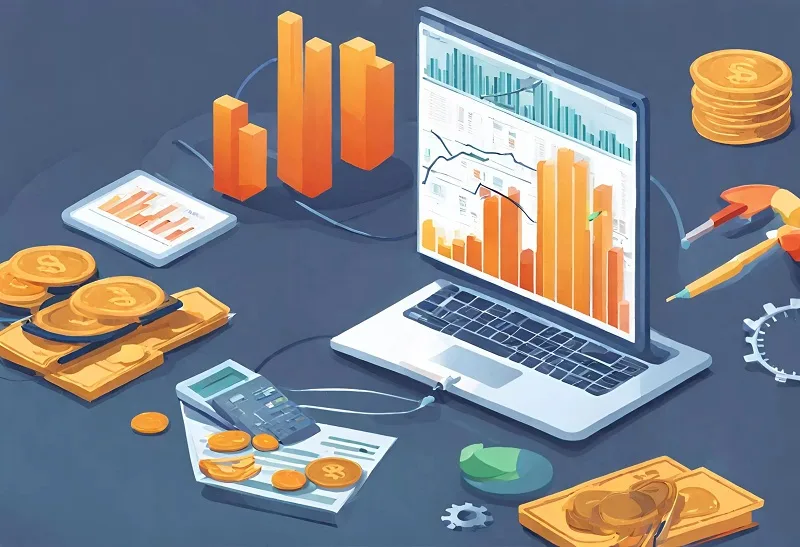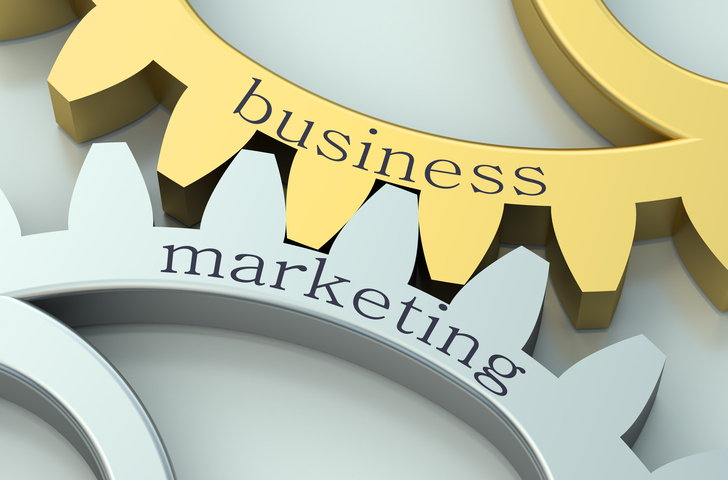
Email Marketing in 2025: Is It Still Viable Without Lead Magnets and Social Media?
Despite rapid transformations in digital communication channels, email marketing remains a consistent presence in the marketer’s toolkit. However, the environment has changed. In 2025, audiences are more selective, data privacy regulations are tighter, and attention spans are shorter. This raises an important question: can email marketing still work without flashy lead magnets or social media funnels? Let’s examine its real potential and what strategies prove effective today.
The Evolution of Email Marketing in the Absence of Social Channels
Email marketing in 2025 operates under new rules. Stricter GDPR-compliant practices, the phasing out of third-party cookies, and a wider shift towards decentralised content consumption have shifted the focus back to authenticity. Where social media used to serve as a warm-up arena for audiences, email now often acts as both the first and final point of contact in a customer journey.
Direct subscription methods, such as through checkout processes or blog updates, are regaining relevance. Audiences are growing weary of baiting tactics like PDF eBooks or pop-up discount wheels. Instead, they subscribe to emails offering consistent value — such as curated industry news, insights from experienced practitioners, or timely market updates.
This shift rewards brands and individuals who have established authority and demonstrate real expertise. People are no longer willing to exchange their email for superficial content. Delivering practical value directly inside the email body has become the foundation of sustainable list growth in 2025.
New Priorities in Subscriber Acquisition
Without social networks funnelling users into opt-in forms, list building now relies more on long-term trust. Newsletter referrals, organic blog traffic, and even QR codes in physical environments are common list-building methods. Offline marketing is resurging as a valuable bridge to online engagement.
Additionally, reputation metrics matter more. Email authentication (SPF, DKIM, DMARC), sender score, and engagement-based filtering determine whether your email lands in inboxes. Today, getting permission is not enough — your domain must consistently demonstrate trustworthiness.
Segmentation also plays a new role. With smaller lists, relevance is crucial. Emails tailored to micro-segments based on behaviour, purchase patterns, or content interaction outperform mass-blasts. Custom-fit value now replaces funnel-driven quantity.
Performance Metrics: What Really Matters in 2025
Open rates are no longer the holy grail. With privacy-focused tools like Apple Mail Privacy Protection and browser-based email clients, these numbers are widely inaccurate. Instead, marketers prioritise real actions: click-throughs, replies, and subsequent conversions.
The emphasis is on active engagement. How many readers forwarded the message? Did they share it internally within their organisation? Did the campaign trigger a direct enquiry or purchase? These bottom-line actions are harder to track but far more meaningful.
Another key metric is unsubscribe behaviour. In 2025, strategic unsubscribes — users leaving a list after a specific type of email — help refine segmentation. Monitoring this data helps shape content formats, cadence, and personalisation logic more effectively than ever before.
Tools and Integrations That Power Efficiency
Modern email campaigns rely on smarter integrations. Standalone automation is obsolete; now, CRM systems, analytics dashboards, and customer support tools are closely connected. This enables dynamic list segmentation, predictive send times, and behaviour-triggered responses.
AI-enhanced copywriting assistants help create variant subject lines and preheaders for A/B testing, while real-time feedback mechanisms suggest when engagement drops below thresholds. These tools don’t replace marketers — they augment human intuition with data-led precision.
It’s also worth noting that email marketing now operates in cooperation with other owned channels: RSS feeds, browser notifications, and mobile apps. The key difference in 2025 is that each channel functions independently rather than feeding back into social-driven funnels.

Human-Led Content and the Power of Authenticity
Gone are the days of generic drip sequences. Readers today respond to sincerity. Whether it’s a founder’s letter, curated expert recommendations, or honest performance reports, authentic voices outperform polished but empty sales pitches. Email marketing now rewards human tone and lived experience.
Moreover, the role of the sender is critical. Personal names with verified credibility outperform brand names. Readers prefer subscribing to a person they trust rather than a faceless entity. Consistency in tone and regularity in sending schedules build familiarity and comfort over time.
This emphasis on relationship-building redefines success. Campaigns are no longer assessed only by ROI but by qualitative indicators: replies with feedback, mentions in other newsletters, and visible community growth around newsletter themes.
The Future Outlook Without Lead Magnets
Lead magnets, as we knew them, are largely out of fashion. Instead of gated checklists or downloadable eBooks, audiences now want immediate, ungated value. This has led to the rise of the “free-first” content model, where value is consistently delivered without an ask.
Educational series sent directly to subscribers, regular Q&A digests, and access to exclusive case studies via email — all serve as higher-value offers than outdated magnet formats. They also eliminate the friction of form-filling and reduce bounce rates.
Ultimately, the direction for email marketing in 2025 is clear: less manipulation, more value. Those who deliver useful, trustworthy, and expertly crafted content directly to their audience’s inbox — without gimmicks — will continue to thrive in a channel that proves its resilience year after year.



